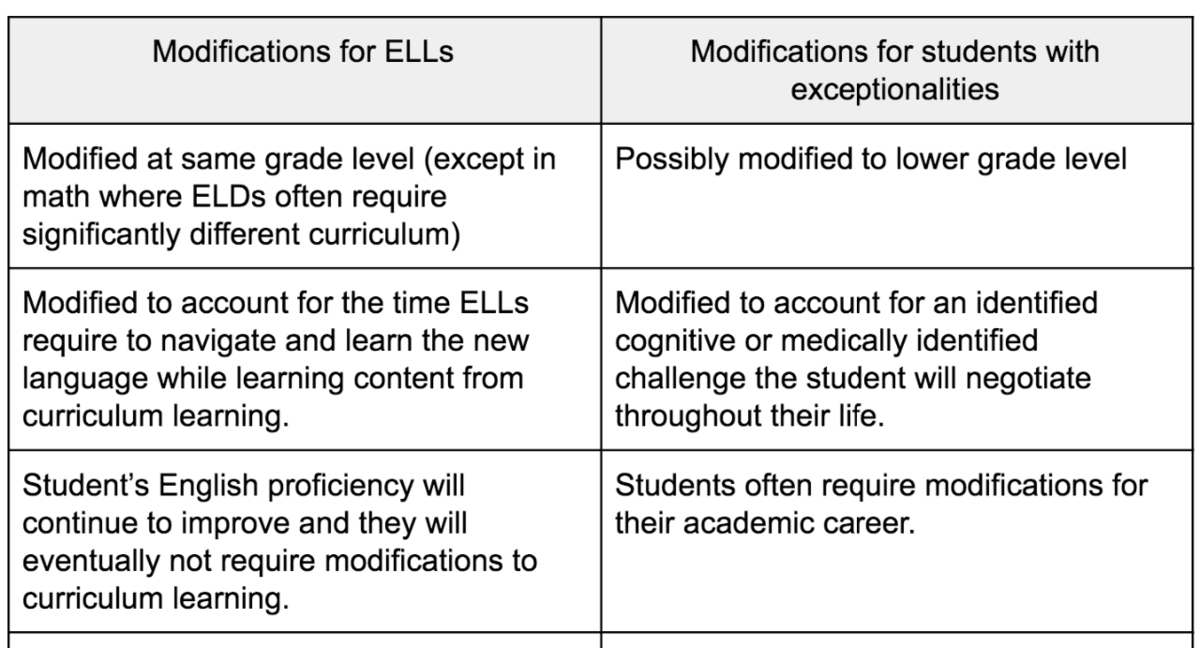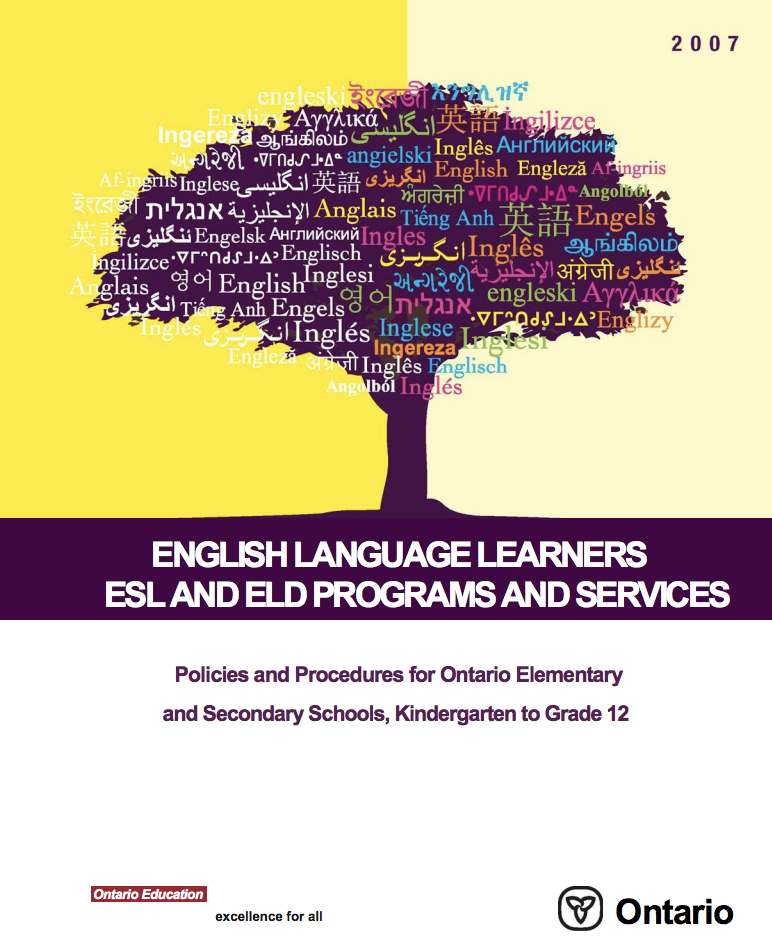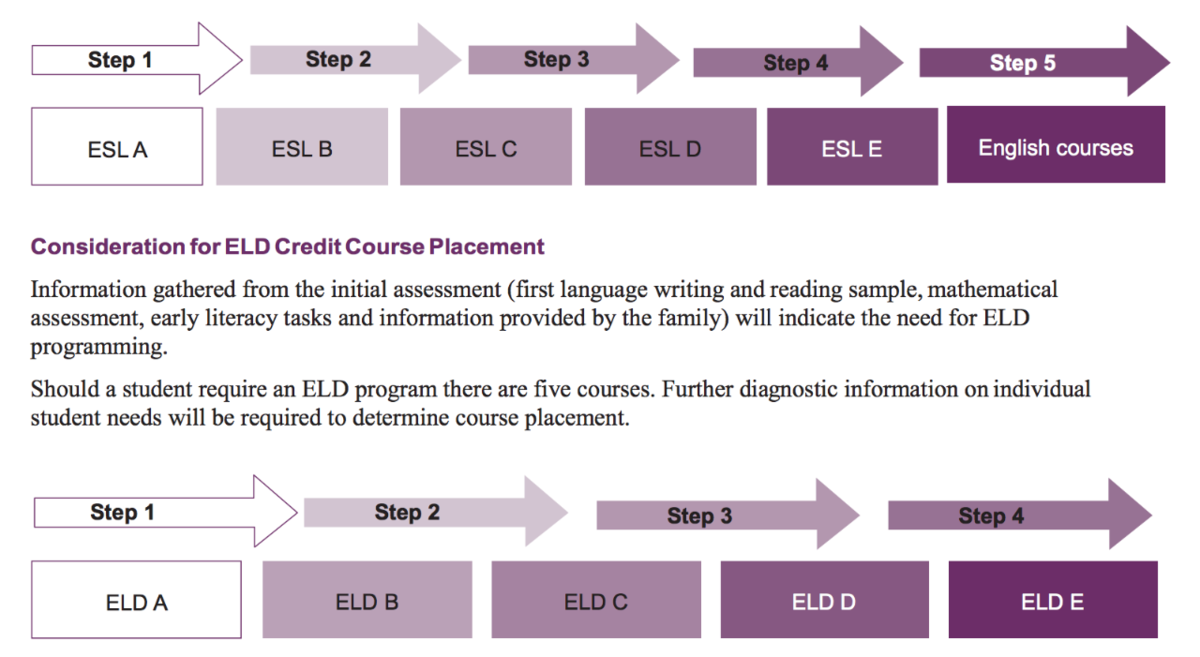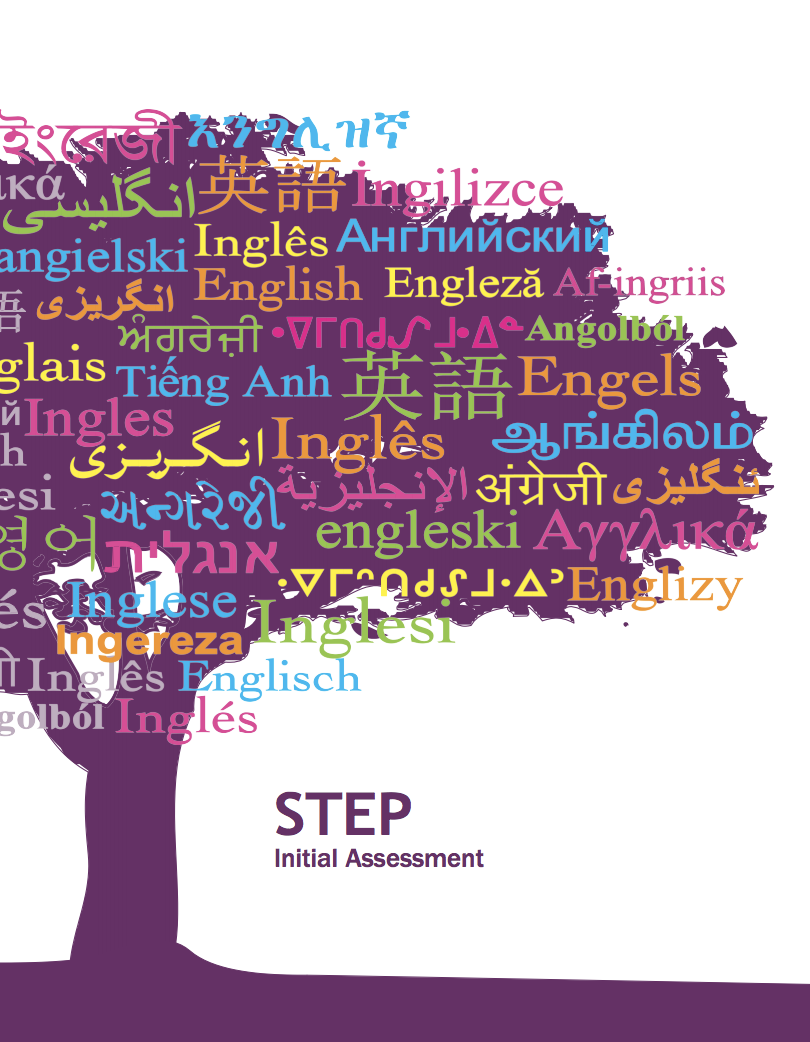
We collect basic website visitor information on this website and store it in cookies. We also utilize Google Analytics to track page view information to assist us in improving our website.
Yes, if they are at the beginning steps/stages of learning English. In most Ontario school boards, this means ELLs on STEP 1-2 should have modifications to their curriculum learning. This is documented on the report card by checking the ESL/ELD box and by clearly communicating what this means to the student’s parents/family.
* This is subject to interpretation - in some boards schools modify for steps 1-3 ESL, 1-4 ELD. The ESL/ELD document says in the early stages of language acquisition - it doesn’t specify STEPs. Provincially some boards refer to being on Step and others to working on Step - this is significant and allowed, just as some boards use step 1A or step -1 to indicate not completed step 1.
To provide them the time to focus on the key skills, strategies and content while at the same time beginning to develop academic and social English proficiency. ELLs can take 3 times longer to access the new content in curriculum learning since they have to maneuver between their home language and the new language.
No, even though the term is the same, the practice is a little different.

The student’s aspirations, aptitudes, and prior learning, NOT the level of English language proficiency should determine pathway decisions in course placement (e.g., academic, applied, locally developed, university, college, workplace).
Building a Timetable for Newcomer Secondary Students - MOE Monograph
Students who are starting to learn English as an additional language (STEP 1 or 2) can be successful in mainstream courses when:
Consider the STEP assessment which contains information about:

ESL/ELD Programs and Services: Policies and Procedures for for Ontario Elementary and Secondary Schools, Kindergarten to Grade 12, p. 26
Other considerations:
The current STEP levels of ELLs will indicate the appropriate ESL/ELD course placement. The following chart (pg. 21) from the MOE STEP User Guide Initial Assessment outlines how STEP OLB and OLLB levels align with secondary ESL/ELD courses.


The curriculum can be modified (i.e. expectations omitted, refocussed, substituted) to allow ELLs to progress along the language continua while learning through the age appropriate content.
Teachers can use the Ministry's STEP Continua in September or when the student first joins the class to decide the current English language proficiency for speaking, reading and writing. This process will in turn indicate next steps for strategic scaffolds to accelerate the language and curriculum learning.
Teachers can use the STEP level to make a programming plan, set small goals, assess demonstrated progress and then to set new goals.
Check these videos from the Ministry of Education: